The iPhone 17 might miss out on this iPhone 16e breakthrough

Leaked render of what the iPhone 17 Pro could look like. | Image credit — fpt
Apple is making moves in the wireless chip world, but its new modem won't be as widespread as initially thought, according to analyst Ming-Chi Kuo. While the iPhone 17 lineup will see improvements in wireless technology, only one model is expected to use Apple's in-house C1 modem. This news comes as Apple has been working to reduce its reliance on Qualcomm for modem technology.
The iPhone 16e saw the introduction of Apple's C1 modem, designed to eventually replace Qualcomm's versions. However, it appears that the majority of the iPhone 17 models, specifically the standard 17, Pro, and Pro Max, will likely stick with Qualcomm modems for the time being. Kuo's information, shared on X, suggests that only the "iPhone 17 Air" will incorporate the C1 modem.
Following Qualcomm, Broadcom's Wi-Fi chips will also be replaced by Apple's in-house chips at a faster pace. My latest industry survey indicates that all new 2H25 iPhone 17 models will feature Apple's in-house Wi-Fi chips (vs. only the slim iPhone 17 will adopt Apple's C1 modem…
— 郭明錤 (Ming-Chi Kuo) (@mingchikuo) February 20, 2025
The reason for this limited rollout could be the C1 modem's current lack of mmWave support. While it functions with sub-6GHz 5G bands, it can't handle the faster mmWave technology. This means Apple can't claim the fastest possible cellular speeds for all its new iPhones if they use this modem. This aligns with a previous report from December that indicated Apple’s strategy was to first deploy its own modem in less costly devices. Future versions of the C1 are expected to include mmWave and other improvements, with the goal of a full transition across the iPhone range by 2027.
This new Wi-Fi chip is a significant step for Apple. It not only allows for cost savings but also offers the potential for tighter integration within the Apple ecosystem. Improved connectivity across devices could mean smoother handoffs between iPhones, iPads, Macs, and other Apple products.
Despite the limited C1 implementation, the entire iPhone 17 series will get a new in-house Wi-Fi chip. This shift, also predicted by Kuo, will bring several advantages to Apple. By replacing Broadcom's Wi-Fi chips with its own, Apple can cut costs. Additionally, this new chip, internally called "Proxima," is designed to improve connectivity between Apple devices. We might see this chip in updated versions of the HomePod mini and Apple TV later in 2025, possibly before the iPhone 17 launch.
This new Wi-Fi chip is a significant step for Apple. It not only allows for cost savings but also offers the potential for tighter integration within the Apple ecosystem. Improved connectivity across devices could mean smoother handoffs between iPhones, iPads, Macs, and other Apple products.
It could also pave the way for new features and experiences that leverage this enhanced communication. For the average user, this could translate to more seamless interactions and a more connected experience within their Apple device ecosystem.


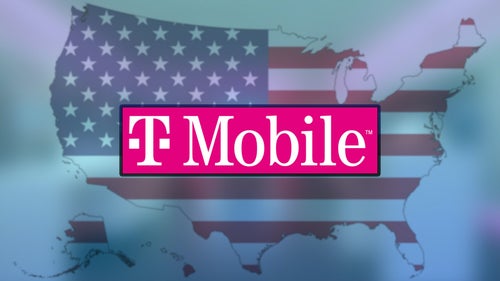
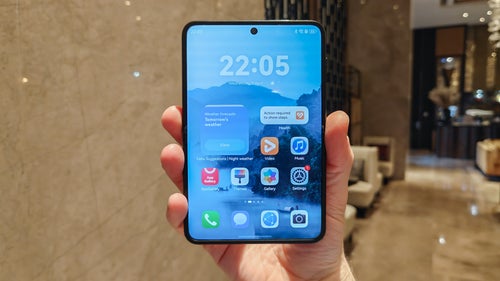
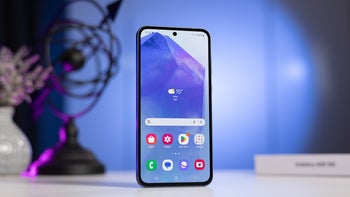
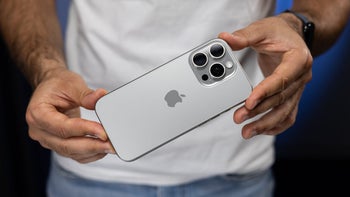
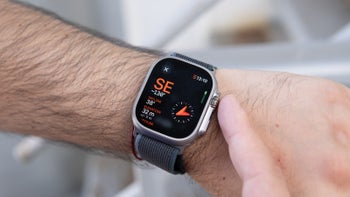
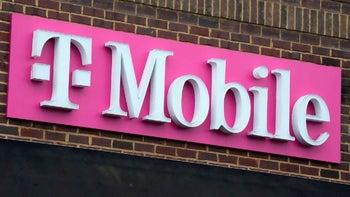

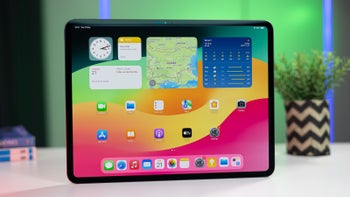
Things that are NOT allowed: